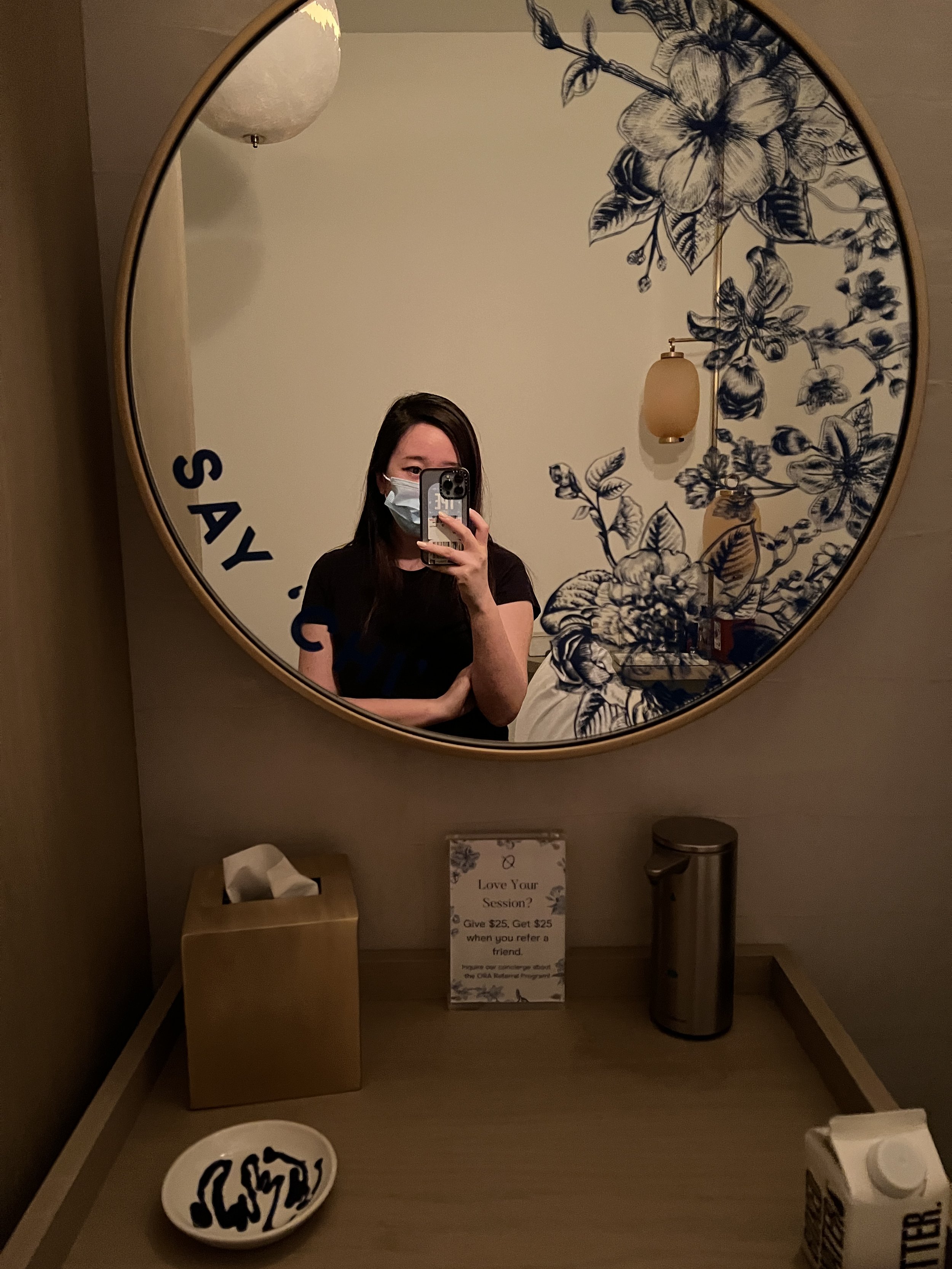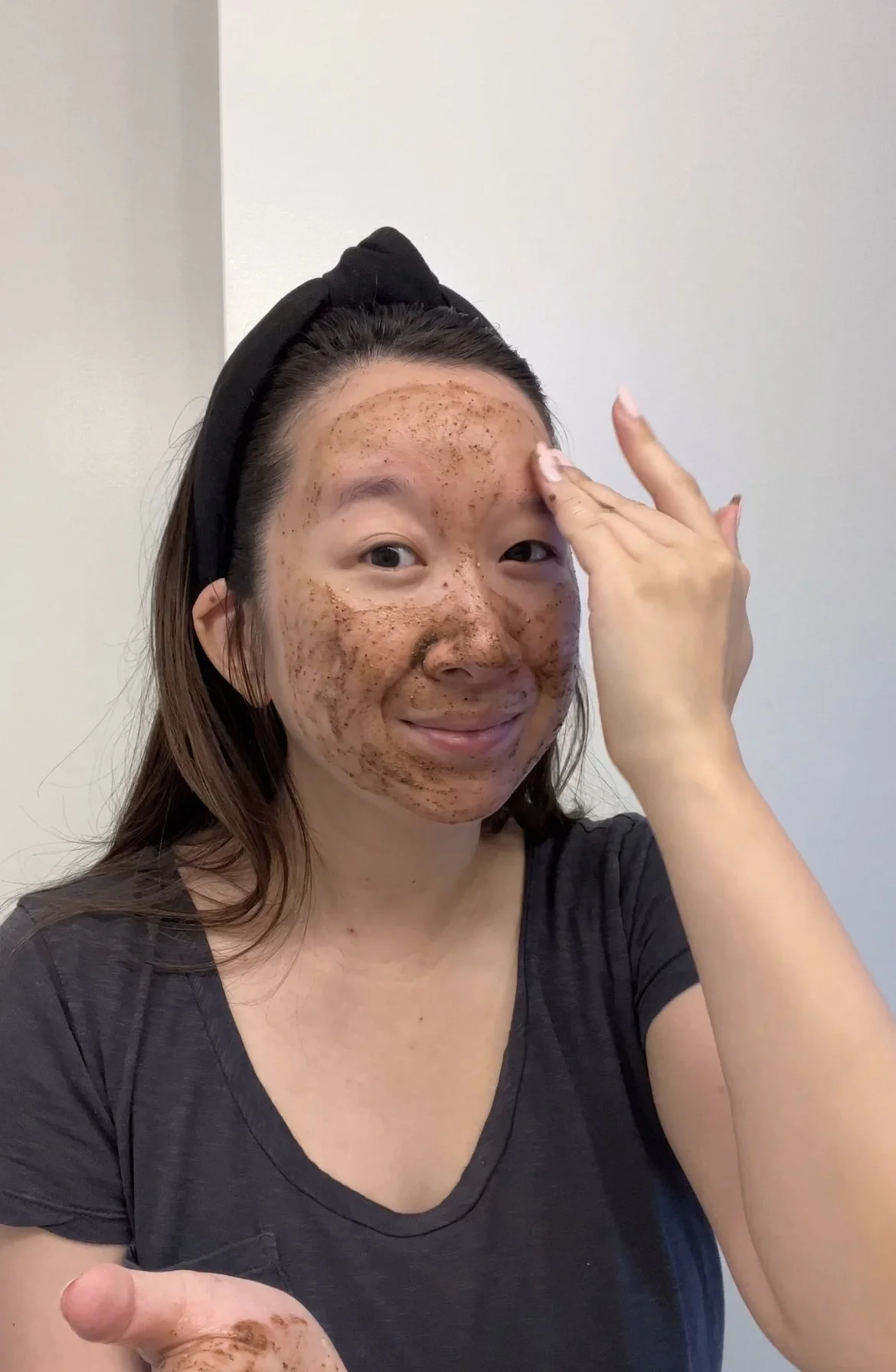Understanding what sustainable beauty means and why it matters to you
< FOLLOW ME ON INSTAGRAM, TIKTOK OR PINTEREST >
According to Bloomberg, the beauty industry produces 120 billion units of packaging a year — and most of them are unrecyclable. Are we okay with that?
Well, this was the first fact I learned that really motivated me to start being more conscious of what brands I support and buy from, as well as creating and maintaining a more eco-friendly beauty routine. I’m guilty of having thrown away barely-used products in the past because they didn’t work for me. Now I always make sure I either pass it on to friends and family who don’t mind giving the product a try or I donate it when I can; alternatively, I find ways to repurpose them.
So many terms have been thrown around in the beauty industry in the past few years and one of them has been “sustainable beauty.” In this post, I’m sharing what I’ve learned so far on what it means, where I’m finding brands that are truly sustainable, and a chat with an industry expert. Read on for more.
What is sustainable beauty, exactly?
With an overwhelming amount of new and old companies claiming to be “sustainable,” “cruelty-free” or “organic,” it is increasingly difficult to really know how to differentiate the “sort-of sustainable” from the truly sustainable brands. A sustainable-to-the-core brand often aims for the 4 pillars of eco-label — recyclable, Leaping Bunny certified cruelty-free, certification for ethical business practices such as Fair Trade or B-Corp, as well as organic ingredients.
In other words, just saying “cruelty-free” isn’t really the same as having the Leaping Bunny certification! And there are also some brands that aren’t 100% sustainable but do have selected products that are. The environmental and social benefits of sustainable purchasing may not be very apparent but they are substantial and worthwhile because it will ultimately shape the future of the industry.
Use the code happilyeverstyle at check out to donate 10% of your order to a charity I’m currently supporting called WomanKind.
MY FAVORITE place to search for sustainable beauty brands: PINK MOON
The one place I like to search for sustainable beauty brands is Pink Moon, a well-care e-shop and self-care brand based in New York. I’ve incorporated a few products that I have received as gifts in my skincare routine, as well as some that I have purchased on my own, and I’ve fallen in love with everything so far! But my all-time favorite is the gua sha facial oil.
Pink Moon’s carefully-curated collection of beauty brands are vegan, clean, use organic ingredients and recyclable packaging, and are cruelty-free. What’s more, all of the brands are socially responsible; they all give back to the community in their own ways.
It’s been so easy for me to just hop on the site and search for beauty products there, knowing Pink Moon has done the sustainable “homework” for me.
DONATE 10% OF YOUR ORDER TO the CHARITY I SUPPORT: womankind
Recently, I became a Collaborator for Change at Pink Moon, which allows me to help give back to the community, too. Use the code happilyeverstyle to donate 10% of your order to a charity I’m currently supporting called WomanKind; the organization helps Asian women, specifically survivors of gender-based violence, an opportunity to live and build a safer life. It’s at no additional cost on your end!
A CHAT WITH the founder ABOUT SUSTAINABLE BEAUTY
“At Pink Moon, sustainable beauty is not about what’s not included in the products and what’s not “toxic” and “harmful”. It’s about the connection that we feel to nature each time we use these thoughtfully crafted natural eco products.”
The founder of Pink Moon, Lin Chen, is a veteran in the sustainable beauty industry, and I reached out to her to ask how she defines sustainable beauty.
Tricia: What does sustainable beauty mean to you?
Lin: To me, the heart of sustainable beauty is celebrating nature and connecting with Mother Earth. At Pink Moon, sustainable beauty is not about what’s not included in the products and what’s not “toxic” and “harmful”. It’s about the connection that we feel to nature each time we use these thoughtfully crafted natural eco products. It’s not always easy to get out into nature especially nowadays, but with these products by our side (and on our shelves!), our skin and senses can experience the pure bounty that our planet has provided.
Sustainable beauty also means that the ingredients on the inside of the package — including how those ingredients were sourced — and the packaging itself should not be harmful to the planet.
True sustainable ingredients are those that are ethically sourced (i.e. fair trade) and proven to be safe for the environment, with sustainable or no-waste packaging being defined as glass packaging, biodegradable packaging, or post-consumer recycled packaging.
Tricia: What are some key elements to determine whether a beauty brand is sustainable or not?
Lin: Ingredients, packaging, and research. Decoding a label is not always easy but a quick google search can bring up info about an ingredient you’re unsure about. Also, be on the lookout for ingredients that are going extinct. There are several ingredients that are natural and wildcrafted but because the sustainable beauty market is growing so fast, these natural resources are unfortunately becoming depleted quickly. There are also symbols you can look for — like the bunny which signifies the product is certified cruelty-free. ECOCERT, COSMOS, and USDA are for organic certification. The recycle symbol to show that the packaging is recyclable.
Tricia: What are some of your favorite sustainable beauty brands?
Lin: I have so many favorite sustainable beauty brands — honestly, all the ones I curated for Pink Moon are my favorites :) But Pink Moon is my number one favorite right now!
“Also, be on the lookout for ingredients that are going extinct. There are several ingredients that are natural and wildcrafted but because the sustainable beauty market is growing so fast, these natural resources are unfortunately becoming depleted quickly.”
How does clean beauty play a role in this?
A lot of well-known beauty brands use toxic ingredients that are known to cause cancer; these include parabens, phalates, formaldehyde, lead, and more (click here to read about the beauty ingredients a cancer survivor told Byrdie she would never use again). Some of these can also cause ecological harm. Take parabens, for instance; it has been linked to breast and skin cancer, as well as reports showing they can kill coral.
Clean beauty, therefore, is closely linked to sustainable beauty. Many non-toxic brands are making sure that in addition to creating hydrating, skin-glowing products, they are also doing so without causing any harm to the environment. I believe that’s why we’re seeing water-free products emerging in the market last year.
“Clean products are formulated with natural and synthetic ingredients but will not cause any potential harm or irritation to the body, and has the added bonus of being cruelty-free and friendly to the planet,” Lin said.
I hope you guys find this blog post helpful. I’m definitely still learning and am striving towards the goal of living a more and more sustainable lifestyle each day. If there are some questions about sustainable beauty that you have and I didn’t cover, feel free to let me know by leaving a comment below. I’d love to delve in and learn more about the topic with all of you!
As always, thank you for stopping by Happily Ever Style.
xoxo,
Tricia










How I use the wax strips at home by myself and why I recommend them.